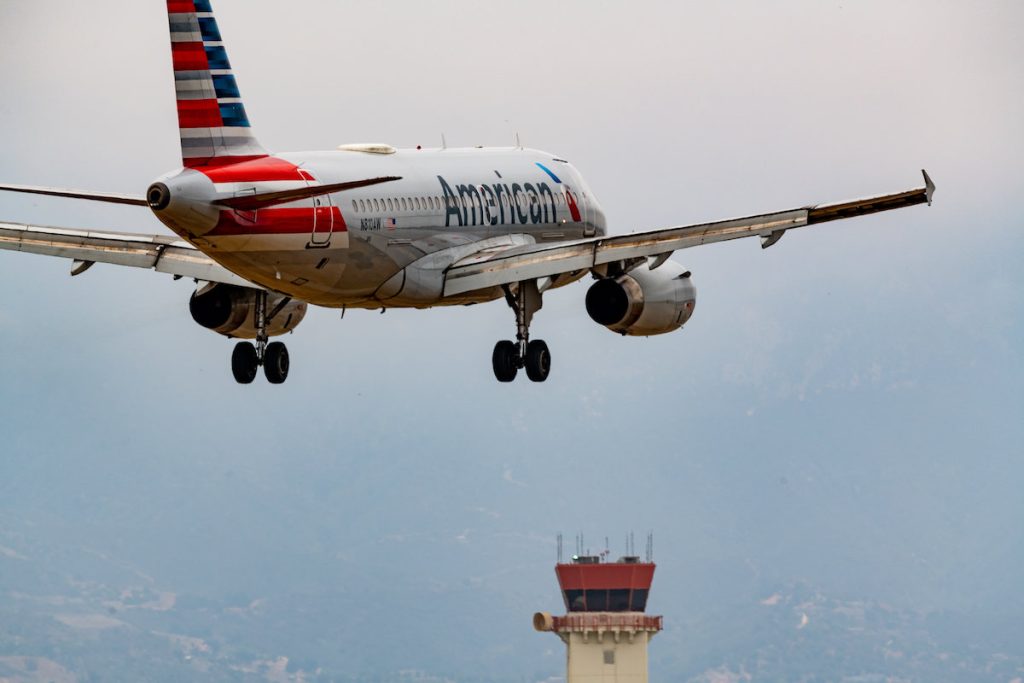American Airlines flight attendants are currently in negotiations with management for a new contract, and the National Mediation Board is considering whether to release both parties into a 30-day cooling off period, which could potentially lead to a strike. The union has advised flight attendants to prepare for a strike, but American Airlines remains optimistic about continuing negotiations. The talks have been contentious, with the involvement of Transportation Secretary Pete Buttigieg and Labor Secretary Julie Su at certain points. The union has already established “strike command centers” in anticipation of a potential strike, which could significantly impact American Airlines during a busy summer travel season.
If a strike were to occur, it would be a major issue for American Airlines, as some analysts have noted that it has taken too long to reach an agreement with its flight attendants. In addition to American Airlines, United Airlines and Alaska Airlines are also in the midst of flight attendant contract negotiations. Even if the National Mediation Board were to release flight attendants from negotiations and enter a cooling off period, it could still take months for a strike to materialize due to the provisions in the Railway Labor Act. The NMB would need to grant permission for the union to strike, and in the past, they have rejected the union’s request to be released from mediation. Flight attendants recently rejected a proposed 17% immediate wage increase, stating that they wanted a complete contract first.
The Airlines Sector Stock Index Performance Year-to-Date measures the performance of airline sector stocks within the ST200, which includes publicly-traded companies across global markets. This index includes a variety of companies such as network carriers, low-cost carriers, and related companies, providing a comprehensive view of the financial performance of the airline sector. The Skift Travel 200 (ST200) consolidates the financial performance of nearly 200 travel companies worth over a trillion dollars into a single number, offering insights into the overall health of the travel industry. By analyzing airlines sector financial performance, investors and industry experts can gain valuable information about the state of the market.
It is crucial for American Airlines and its flight attendants to reach a mutually beneficial agreement to avoid a potential strike that could disrupt operations during a critical period for the airline industry. Negotiations have been ongoing, with both parties expressing their commitment to finding a resolution. The involvement of government officials in the talks highlights the significance of reaching a fair agreement. The establishment of strike command centers by the union underscores the seriousness of the situation and the potential impact of a strike. As the parties continue to negotiate, the outcome will not only affect American Airlines but also have implications for the broader airline industry.
The tension between American Airlines and its flight attendants reflects broader challenges within the airline sector, as companies navigate the impact of the COVID-19 pandemic on travel demand and operational requirements. Achieving a fair and equitable contract that meets the needs of both parties is essential for maintaining harmonious labor relations and ensuring the stability of the airline industry. As negotiations continue and the possibility of a strike looms, stakeholders will closely monitor developments to understand the implications for American Airlines, its employees, and the broader market. Ultimately, reaching a successful resolution will be critical for the long-term growth and sustainability of the airline sector.


